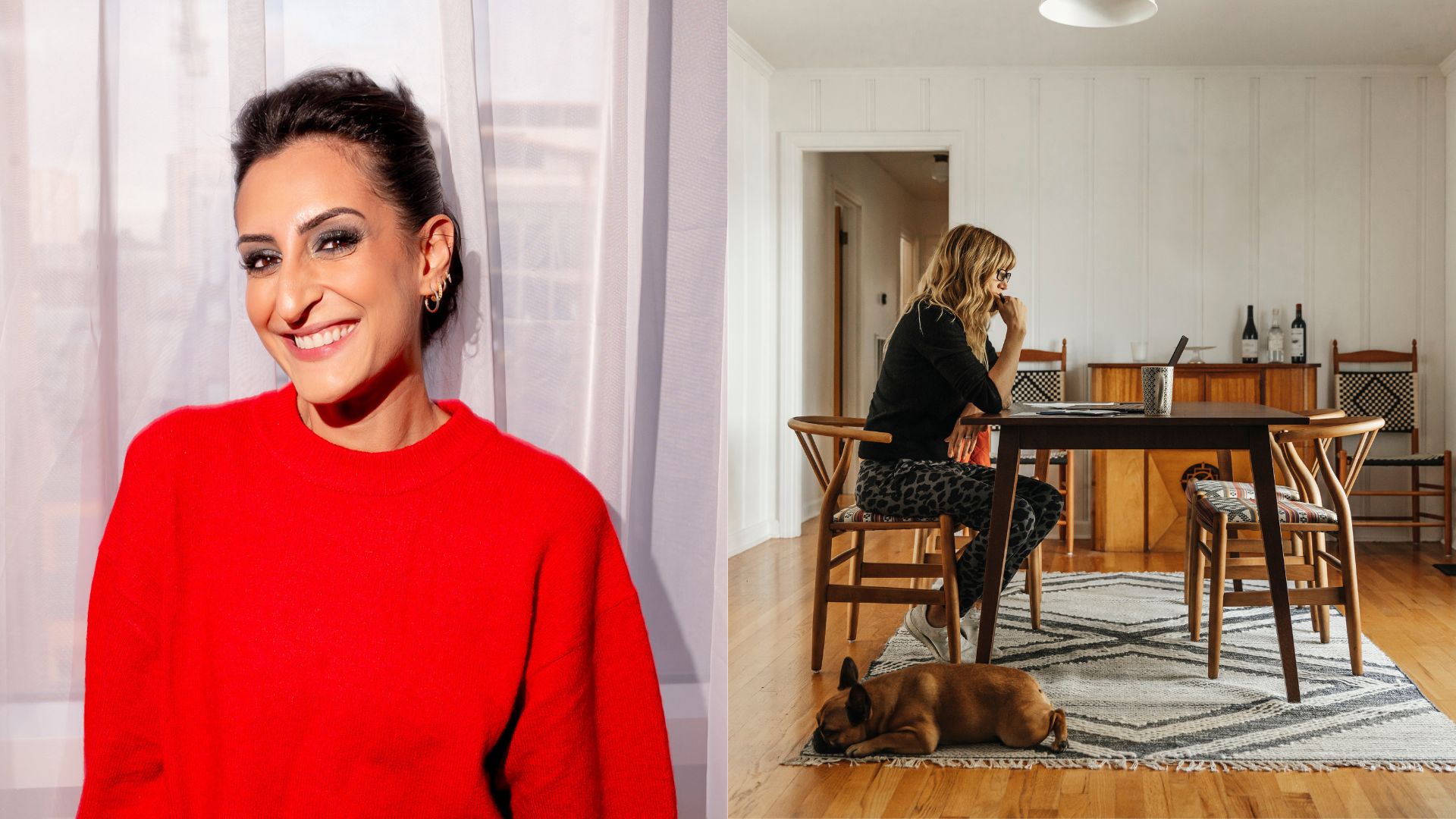Strictly’s Dr Punam Krishan reveals the 'simple' way to check for falling risk - and it only takes 12 seconds
GP Dr Punam Krishan's 12-second test reveals how to prevent falls in later life and whether you might be at a higher risk of falling at home in years to come

The doctor and Strictly Come Dancing Star, who appeared on the show last year and is a frequent expert on the BBC's Morning Live programme, says you only need a kitchen chair and a couple of minutes to do the assessment.
While this type of ageing test isn't always accurate, mobility exercises are a good way to keep an eye on your mobility. "Over half of falls happen around the home, while one in three people over 60 will experience a fall every year," says Dr Punam Krishan. "By checking your balance with this simple test, you - and your loved ones - can rest easy."
The test will reveal how mobile you are and whether you should book an appointment with your GP to discuss potential mobility issues and how to prevent falls in the years to come.
What is the falling risk test?
The Timed Up and Go Test, as it’s called, is usually recommended to patients in later life, the doctor says, but it’s never too early to give it a try.
Here's how to do it:
- Sit down on a chair: "Preferably a dining chair rather than your comfy living room armchair," says Dr Krishan.
- Get up and walk: "Time how long it takes you to go from sitting to walking three metres before turning around and returning to your seated position in your chair," she says.
- Look at your time: "Take a look at your stopwatch or phone. If you've managed to take the test in less than 12 seconds, there's a good chance you have a low risk of falls."
However, she notes, "a score of 12 to 15 seconds-or longer-has been shown to indicate a higher risk of falls in older people, particularly."
If you get a higher score, make an appointment with your GP.
Sign up to our free daily email for the latest royal and entertainment news, interesting opinion, expert advice on styling and beauty trends, and no-nonsense guides to the health and wellness questions you want answered.
To get an accurate result, you need to make sure you don’t use your arms to stand up, and you shouldn’t run. "The obvious reason being that it would sway your results, but doing so could in itself lead to falls," she says.
Why does the test work?
The Timed Up and Go test measures mobility (how quickly you can move and change direction), dynamic balance (how well you maintain your balance while moving and turning around), and how well you can complete basic tasks. As all of these are needed to reduce the risk of falling, the test assesses your ability in all three.
Dr Punam Krishan joined forces with stairlift company Stannah as its resident health expert to give this advice and raise awareness of low mobility, and to reveal the signs we can spot in ourselves and others to ensure we stay safe in our homes as we get older.
How to prevent falls
To prevent falls later in life, it's a good idea to have a consistent exercise routine that can help improve your mobility, strength, and flexibility, says Kate Sheehan, an occupational therapist who also works with Stannah.
"It needn't be strenuous or break the bank. At-home exercise alone can reduce the risk of falls by nearly a quarter (22%). Consider exercises to improve flexibility, posture, and overall wellbeing," she says. This could be strength training, a Pilates workout at home, or some kind of walking workout. These are all among the best exercises for longevity in general.
You can also try these exercises:
- Heel-toe walk: Stand with your heels pressed into the wall, place your left foot in front of your right. Touching heel to toe, continue to walk putting one foot in front of the other. Try it for 20 steps or more if you can.
- Flamingo stand: From standing, put your weight on one leg and lift the opposite knee up. Hold this position for 10 to 15 seconds (or less if needed), shake out your legs. Swap to the other leg. Do this three times on each leg.
- Back leg raises: Move your weight onto your right foot and then slowly lift your left leg backwards as high as you can, while keeping your body upright. Hold the position for 5 seconds and then lower the leg. Do 10 repetitions and then swap to the other leg. You can use the back of a chair or a countertop to help keep your balance when doing this, if needed.
- Tree pose: If you do yoga for beginners, you’ll be familiar with this one. From standing, shift your weight to one leg. Lift the other and place the sole on your ankle, shin or thigh. Hold for as long as you can and then change legs, but avoid resting it on your knee as this can cause problems.
Tips to prevent falls
- Check your house for trip hazards such as loose carpets or rugs
- Use slip resistant mats in the bath and shower
- Keep the floor clutter free
- Check whether any medication you’re taking has side effects which may increase your fall risk
- Eat a healthy diet, stay hydrated and limit your alcohol intake
- Don’t stand up too quickly
- Use something heavy and stable to help you such as a table or sink
- Look after your feet by wearing suitable socks and shoes

Kat Storr has been a digital journalist for over 15 years after starting her career at Sky News, where she covered everything from world events to royal babies and celebrity deaths. After going freelance eight years ago, she now focuses on women's health and fitness content, writing across a range of UK publications.
From perimenopause to the latest fitness trends, Kat loves researching and writing about it all. She's happy to give any fitness challenge a go and speaks to experts about wellbeing issues affecting people every day.
